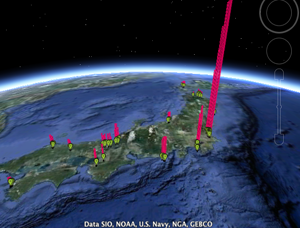You are here
Fri, 2011-03-18 04:29 — mdmcdonald
The Risk Communication Working Group is focused on providing risk communication to decision-makers and the public
The mission of the Risk Communication Working Group is to provide risk communication to decision-makers and the public.
Working Group email address: ***@***.***
Add Content to this group
Members
| AlMac99 | bevcorwin | Kathy Gilbeaux | mdmcdonald |
Email address for group
risk-communication-japan@m.resiliencesystem.org




Recent Comments